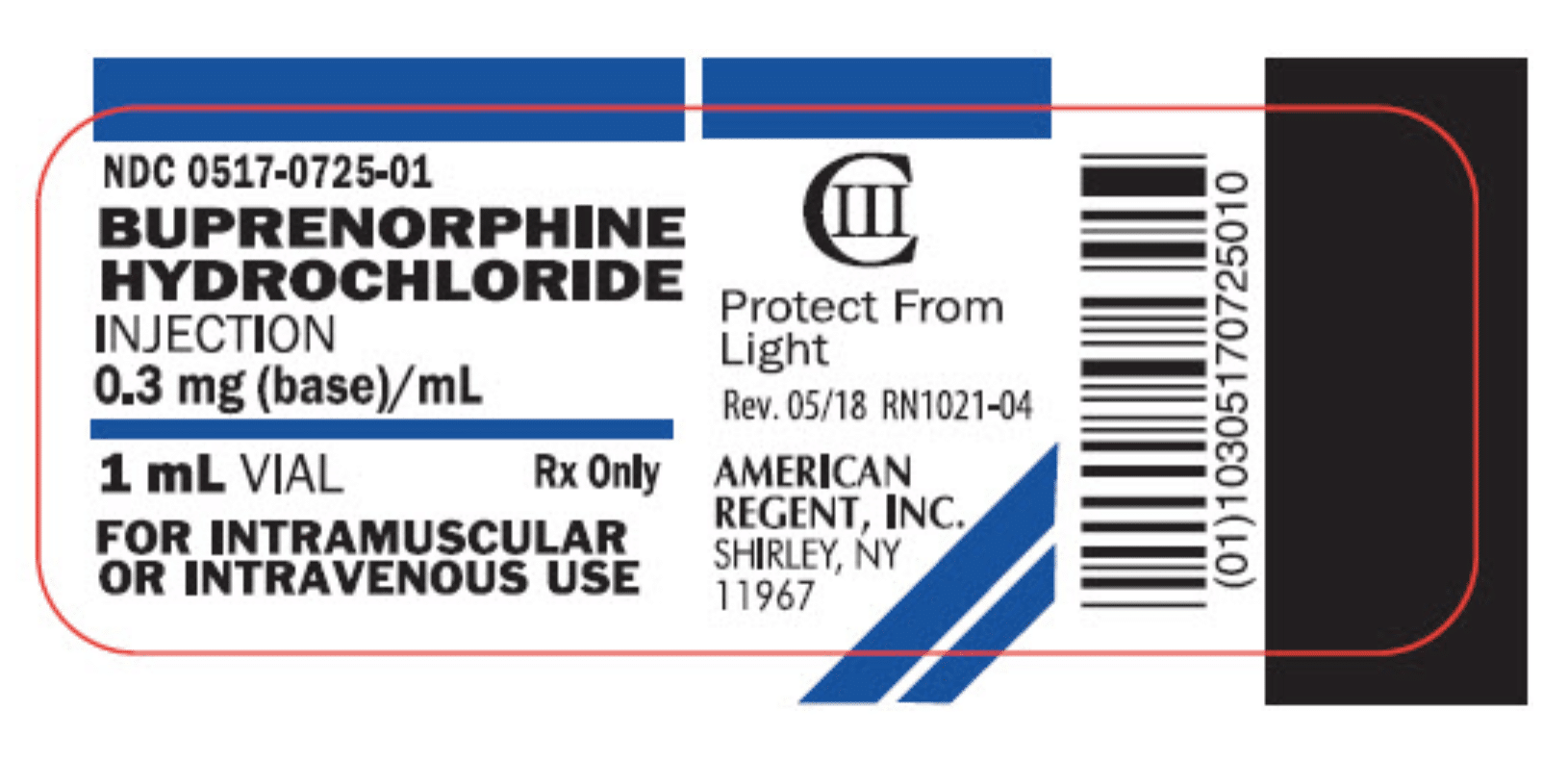Amid the growing opioid-involved overdose crisis, the Department of Health and Human Services released new guidelines that could save thousands of lives by expanding access to a lifesaving treatment: buprenorphine.
Previously, eligible physicians had to take a course and wait up to 90 days for their X-waiver before being allowed to prescribe buprenorphine for opioid use disorder (OUD). Now, all DEA-registered physicians, physician assistants, nurse practitioners, clinical nurse specialists, certified registered nurse anesthetists and certified nurse midwives will be permitted to prescribe it to up to 30 patients.
These medical professionals will not need to take a training course, but are still required to submit a notice of approval with the government.
“It’s a step in the right direction in making buprenorphine accessible to people in need,” Kellen Russoniello, senior staff attorney with the Drug Policy Alliance, told Filter. “But there’s work that remains to be done.”
“In rural areas, there’s a shortage of providers, and the number who have the special approval are just sparse.”
The revisions could allow for particularly crucial support in remote counties with few X-waivered physicians. “In rural areas, there’s a shortage of providers, and the number of providers who have the special approval are just sparse,” Russoniello said. “Those areas are getting especially hard hit.”
But allowing more providers the option of prescribing buprenorphine for OUD doesn’t necessarily mean they’ll opt to do so. Many medical professionals are hesitant—or outright opposed—to treat patients with addiction. A recent study found that one in five pharmacies will often block access to buprenorphine.
“There’s a lot of stigma that people who use drugs face within the health care system itself,” Russoniello said. “Methadone and buprenorphine are so highly regulated in policy that it reinforces the stigma.”
Russoniello further described the X-waiver as “an embodiment of the stigma of people with drug disorders in federal policy.”
Never has the overdose crisis been so urgent, with many people increasing their drug use during the pandemic. More than 90,000 people died of overdose in the US last year—approximately 20,000 more than the previous 12 months—with opioid-related deaths rising by 55 percent.
Communities of color and low-income people are being cut off from support, with treatment being concentrated among white communities with private insurance or self-pay.
And for the new guidelines to be effective, state and local governments will need to align their requirements with the federal policies. In some states, nurses are not allowed to provide buprenorphine—in spite of federal policies that say otherwise.
Health and legal experts are still calling for removing the X-waiver requirement and caps on patient numbers entirely, and for Congress to pass the Mainstream Treatment Act to support further harm reduction policies.
* DPA previously provided a restricted grant to The Influence Foundation, which operates Filter, to support a Drug War Journalism Diversity Fellowship.
Photograph via the National Institutes of Health





Show Comments